Home>Articles>7 Types Of Wall Texture That Can Dress Up Any Wall
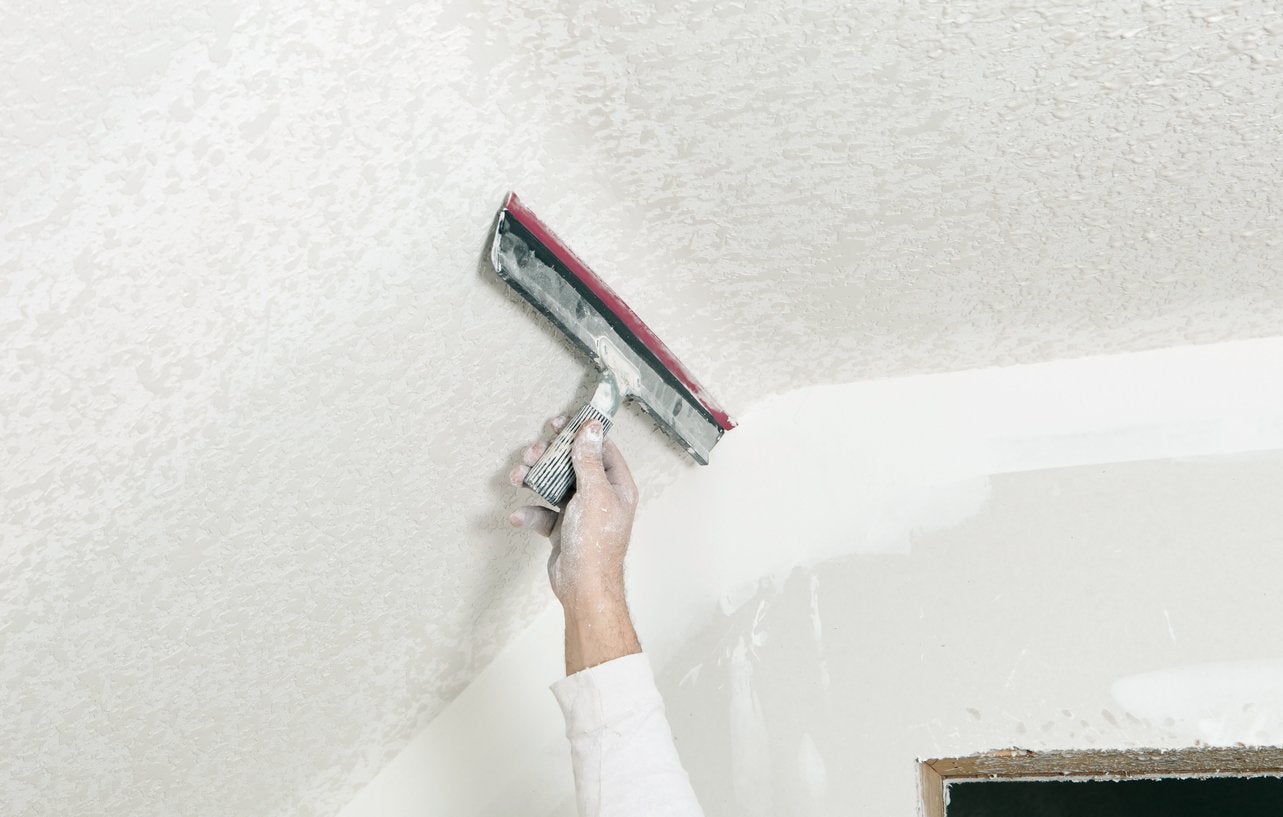

Articles
7 Types Of Wall Texture That Can Dress Up Any Wall
Modified: January 5, 2024
Discover the top 7 types of wall texture that can effortlessly transform any dull wall into a stunning focal point. Read our articles to get inspired and learn how to achieve beautiful textured walls.
(Many of the links in this article redirect to a specific reviewed product. Your purchase of these products through affiliate links helps to generate commission for Storables.com, at no extra cost. Learn more)
Introduction
When it comes to interior design, walls play a crucial role in setting the tone and ambiance of a space. While a simple coat of paint can transform a room, adding texture to your walls can take the aesthetics to a whole new level. Wall textures not only add visual interest but can also hide imperfections and create a unique and personalized look.
In this article, we will explore seven types of wall textures that can dress up any wall. Whether you are looking to create a modern, rustic, or elegant atmosphere, these textures can enhance the overall design of your space. So let’s dive in and discover the different options available.
Key Takeaways:
- Transform your walls with 7 unique textures, from sleek and modern smooth textures to visually captivating options like knockdown and Venetian plaster. Each texture adds depth and character, creating a stunning focal point for any space.
- Whether you prefer a subtle textured pattern or a bold statement texture, wall textures can breathe new life into your living spaces. Choose a texture that suits your style and maintenance needs, and let your walls reflect your individuality and design sensibilities.
Read more: How To Spackle A Textured Wall
Smooth Texture
If you prefer a sleek and minimalist look, a smooth texture is the perfect choice for your walls. This type of texture creates a flat and even surface, giving the walls a polished and sophisticated appearance. Smooth textures work well in contemporary or modern-style interiors, where simplicity and clean lines are emphasized.
To achieve a smooth texture, the walls need to be properly prepared. This involves filling any cracks or holes and sanding the surface to create a smooth and even base. Once the walls are prepped, a high-quality primer is applied to ensure a uniform finish. Finally, multiple coats of paint are carefully applied using a roller or paint sprayer.
The key to achieving a seamless smooth texture is proper technique and attention to detail. It is important to apply the paint evenly and avoid visible brush strokes or roller marks. A smooth texture can be further enhanced by using a high-gloss or satin finish paint, which adds a subtle sheen to the walls.
Smooth textures are versatile and can be used in any room of the house. They provide a timeless and elegant backdrop that allows other elements of the room, such as furniture and artwork, to take center stage. Whether you want a neutral color palette or vibrant accents, a smooth texture provides a blank canvas that can be easily customized to your desired aesthetic.
In terms of maintenance, smooth textures are relatively easy to clean compared to textured walls. They can be wiped down using a damp cloth or sponge, making them a practical choice for high-traffic areas such as living rooms and kitchens.
To add an extra touch of sophistication, consider incorporating statement pieces or focal points in the room, such as a large mirror or a captivating piece of artwork. These decorative elements will contrast beautifully with the smooth texture and elevate the overall design of the space.
Orange Peel Texture
One of the most popular wall textures is the orange peel texture. This texture gets its name from the slightly bumpy and textured appearance, reminiscent of the surface of an orange peel. It adds subtle visual interest and depth to the walls without being too overpowering.
To achieve the orange peel texture, a texture compound is applied to the walls using a sprayer or a roller. The compound is then lightly smoothed out to create a textured finish. The result is a finish that is not completely smooth but has a gentle texture that mimics the surface of an orange peel.
The orange peel texture works well in a variety of interior design styles, from contemporary to traditional. It adds a touch of visual intrigue to the walls while still maintaining a relatively smooth and subtle appearance. This makes it a versatile choice for both residential and commercial spaces.
One of the advantages of the orange peel texture is its ability to hide minor imperfections on the walls. If you have small dents, scratches, or uneven surfaces, the texture can help to camouflage these flaws, giving your walls a more flawless and polished look.
In terms of maintenance, the orange peel texture is relatively low maintenance. It is easier to clean compared to intricate textured walls, as the surface is not as rough or uneven. Regular dusting and occasional wiping with a damp cloth are usually sufficient to keep the walls looking clean and fresh.
The orange peel texture can be further enhanced by choosing the right paint color and finish. Lighter colors tend to bring out the texture more, while darker shades can create a more subtle effect. Matte or eggshell finishes are often recommended for orange peel textured walls, as they minimize any sheen or glare that may detract from the texture.
Overall, the orange peel texture is a popular choice for those looking to add a touch of texture and visual interest to their walls without overwhelming the space. Whether you want to create a cozy living room or a serene bedroom, the orange peel texture can enhance the overall aesthetic and create a warm and inviting ambiance.
Knockdown Texture
If you’re seeking a wall texture that combines a subtle texture with a unique visual appeal, the knockdown texture may be just what you need. This texture is characterized by its partially flattened and partially raised surface, which creates a visually interesting and multidimensional effect.
To achieve the knockdown texture, a texture compound is applied to the walls using a trowel or a hopper gun. The compound is then “knocked down” using a trowel or a specialty knockdown knife. This technique creates variations in texture, with some areas partially flattened, resembling a stucco-like finish.
The knockdown texture adds depth and dimension to the walls, making it an excellent choice for creating a rustic or Mediterranean-inspired look. It works well in both residential and commercial spaces, adding a touch of elegance and visual interest.
One of the advantages of the knockdown texture is its ability to hide imperfections on the walls. The partially raised and partially flattened surface helps to conceal minor cracks and surface irregularities, giving your walls a more polished and refined appearance.
Maintenance-wise, knockdown textured walls are relatively easy to clean. Regular dusting or vacuuming with a soft brush attachment can help remove any dust or debris that may accumulate on the textured surface. If necessary, mild soap and water can be used for spot cleaning.
The knockdown texture can be further enhanced with the right paint color and finish. Earthy tones and warm neutrals work well with this texture, enhancing the rustic and textured look. A satin or eggshell finish can help to accentuate the texture and add a subtle sheen to the walls.
Whether you’re aiming for a cozy living room, a charming dining area, or an inviting entryway, the knockdown texture can add a touch of character and uniqueness to your walls. Its visually captivating effect will draw attention and make a statement, transforming your space into a visually engaging and stylish environment.
Skip Trowel Texture
The skip trowel texture is a popular choice for those looking to add a textured and slightly rustic look to their walls. This technique involves applying joint compound or texture compound to the walls and then using a trowel to create a random and uneven pattern. The result is a subtle and visually appealing texture that adds character and charm to any space.
The skip trowel texture gets its name from the skipping motion used when applying the compound with the trowel. This technique creates a textured finish that resembles the appearance of skip marks or patterns on the wall. It has a handcrafted and artisanal feel that can enhance the overall aesthetic of a room.
This texture works well in a variety of design styles, from traditional to rustic and even contemporary. Its versatility makes it a popular choice for homeowners and designers looking to create a unique and visually interesting focal point on the walls.
One of the advantages of the skip trowel texture is its ability to hide minor imperfections. The random pattern helps to camouflage any surface irregularities or small cracks, giving the walls a more polished and refined look.
In terms of maintenance, skip trowel textured walls are relatively easy to clean. Regular dusting or vacuuming with a soft brush attachment can help remove any dust or debris that may accumulate on the textured surface. If necessary, mild soap and water can be used for spot cleaning.
The skip trowel texture can be further enhanced with the right paint color and finish. Earthy tones and warm neutrals work well with this texture, enhancing its rustic appeal. A matte or eggshell finish can help to maintain the natural look and feel of the texture, while also minimizing any sheen or glare.
Whether you want to create a cozy and inviting bedroom or add visual interest to a living room, the skip trowel texture can add a touch of charm and personality to your walls. Its handcrafted appearance will make a statement and create a visually appealing backdrop for your space.
Consider the style and function of the room when choosing a wall texture. For example, a smooth texture can create a modern look, while a stucco texture can add depth and character.
Slap Brush Texture
The slap brush texture is a unique and visually appealing wall texture that can add depth and texture to any room. As the name suggests, this technique involves using a brush to slap or flick the texture compound onto the walls, creating a distinctive pattern and texture.
To achieve the slap brush texture, a texture compound is applied to the walls using a roller. Once the compound is applied, a special brush with stiff bristles is used to slap or flick the compound in different directions. This creates a random and textured pattern that adds visual interest and dimension to the walls.
The slap brush texture works well in a variety of design styles, from modern to rustic and even transitional. It adds a sense of movement and drama to the walls, making it a focal point in the room.
One of the advantages of the slap brush texture is its ability to hide imperfections on the walls. The textured pattern helps to disguise minor cracks, surface irregularities, and blemishes, giving the walls a more polished and flawless appearance.
In terms of maintenance, slap brush textured walls require a bit more attention compared to smoother textures. The textured surface can trap more dust and debris, so regular dusting or vacuuming with a soft brush attachment is important to keep the walls clean. To remove stains or dirt buildup, a mild soap and water solution can be used.
When it comes to painting slap brush textured walls, it is essential to choose the right paint color and finish. Lighter colors tend to highlight the texture more, while darker shades can create a more subtle effect. A satin or eggshell finish is often recommended as it adds a subtle sheen without overpowering the texture.
Whether you want to create a statement wall in the living room or add texture to a bedroom, the slap brush texture can bring a dynamic and artistic element to your walls. Its unique pattern and texture will not only enhance the overall design of the room but also spark conversations and admiration from guests.
Popcorn Texture
The popcorn texture, also known as acoustic texture, is a classic wall texture that was widely used in the past. It is characterized by its rough and bumpy surface, resembling the texture of popcorn. While it may not be as popular as it once was, the popcorn texture still has its merits and can be a suitable choice for certain spaces and design styles.
To achieve a popcorn texture, a mixture of water, drywall compound, and sometimes even Styrofoam pellets or vermiculite is sprayed or applied to the walls. This creates a rough and irregular surface that helps to absorb sound and improve acoustics in the room. This is why the popcorn texture was commonly used in areas such as ceilings and home theaters.
The popcorn texture can add a unique and retro charm to a space. It works well in vintage or eclectic design styles, creating a sense of nostalgia and character. However, it is not recommended for contemporary or minimalist interiors, as the bumpy texture can be visually overwhelming and difficult to incorporate into sleek and streamlined designs.
One of the advantages of the popcorn texture is its ability to hide imperfections on the walls. The rough surface helps to disguise minor cracks, dents, and surface irregularities, providing a more uniform and textured appearance.
In terms of maintenance, the popcorn texture requires a bit more attention. The rough and porous surface can easily accumulate dust and debris, making regular cleaning necessary. However, caution should be taken to avoid applying excessive pressure or moisture when cleaning, as it may cause the texture to come off or become damaged.
If you have a popcorn texture and wish to update or remove it, it is essential to consult a professional or take proper precautions, as some older popcorn textures may contain asbestos. Professional assistance can ensure that the texture is safely removed or covered with a new texture or finish.
Whether you decide to embrace the retro charm of the popcorn texture or opt for a more modern and streamlined look, it is important to carefully consider its suitability for your specific space and design goals. Understanding its characteristics and maintenance requirements will help you make an informed decision about whether or not to incorporate this classic texture into your walls.
Venetian Plaster Texture
The Venetian plaster texture is a luxurious and elegant choice for adding a touch of sophistication to your walls. Originating from Venice, Italy, this technique involves applying multiple thin layers of plaster to create a polished and marble-like finish.
To achieve the Venetian plaster texture, skilled artisans carefully apply layers of tinted plaster using a trowel or spatula. Each layer is smoothed and burnished to create a seamless and lustrous surface. The final result is a rich and textured appearance that resembles the elegance of polished stone.
The Venetian plaster texture works exceptionally well in high-end and elegant design styles. It adds depth, character, and a timeless allure to any space. The texture can be customized by choosing different colors, techniques, or even incorporating other decorative elements, such as metallic finishes or stenciled designs.
One of the main advantages of Venetian plaster texture is its ability to create a show-stopping focal point in a room. Whether used in large spaces like living rooms or smaller areas like powder rooms or accent walls, the texture exudes a sense of luxury and refinement.
In terms of maintenance, the Venetian plaster texture requires minimal upkeep. It is a sturdy and durable finish, resistant to staining and fading. Regular dusting or gently wiping with a damp cloth is usually sufficient to keep the surface clean and vibrant.
When it comes to painting Venetian plaster textured walls, it is essential to consider the texture itself as a design element. While it is possible to paint over Venetian plaster, many individuals prefer to showcase the natural beauty of the texture by leaving it unpainted or using transparent or tinted glazes to enhance the depth and richness of the plaster.
Adding lighting fixtures or strategically placed spotlights can further enhance the beauty of Venetian plaster texture by casting shadows and highlighting the unique patterns and variations within the texture.
Whether you aim to create a luxurious and opulent space or add a touch of elegance to a specific area, the Venetian plaster texture provides a stunning and sophisticated solution. Its artisanal and timeless appeal will elevate the overall design of your room, making it a true masterpiece.
Conclusion
Wall textures are a fantastic way to enhance the visual appeal and ambiance of any space. From smooth textures that create a sleek and modern look to more intricate textures that add depth and character, there are endless options to choose from. Each texture brings its own unique charm and can transform a plain wall into a stunning focal point.
Smooth textures offer a clean and polished appearance, making them a versatile choice for any room. They provide a blank canvas for customization and allow other design elements to shine. On the other hand, textured walls like orange peel, knockdown, skip trowel, slap brush, popcorn, and Venetian plaster offer visual interest and can hide imperfections, making them ideal for adding texture and dimension to your walls.
When selecting a wall texture, it is essential to consider the overall design style of the space and your personal preferences. Each texture has its own unique characteristics and maintenance requirements, so it is crucial to choose one that suits your lifestyle and the specific needs of your home.
Whether you choose a subtle textured pattern or a bold statement texture, incorporating wall textures can breathe new life into your living spaces. They can transform a simple wall into a stunning feature, setting the tone and creating a captivating atmosphere.
Remember, while wall textures add beauty and visual interest, it’s crucial to strike a balance and integrate them harmoniously with other design elements in the room. Pay attention to the color palette, furnishings, and lighting to create a cohesive and visually pleasing space that showcases the unique texture of your walls.
Whether you desire a sleek and modern look, a rustic and textured appearance, or an elegant and luxurious ambiance, the variety of wall textures available allows you to express your personal style and create a space that is truly your own. So go ahead, experiment with different textures, and let your walls speak volumes about your individuality and design sensibilities.
Frequently Asked Questions about 7 Types Of Wall Texture That Can Dress Up Any Wall
Was this page helpful?
At Storables.com, we guarantee accurate and reliable information. Our content, validated by Expert Board Contributors, is crafted following stringent Editorial Policies. We're committed to providing you with well-researched, expert-backed insights for all your informational needs.

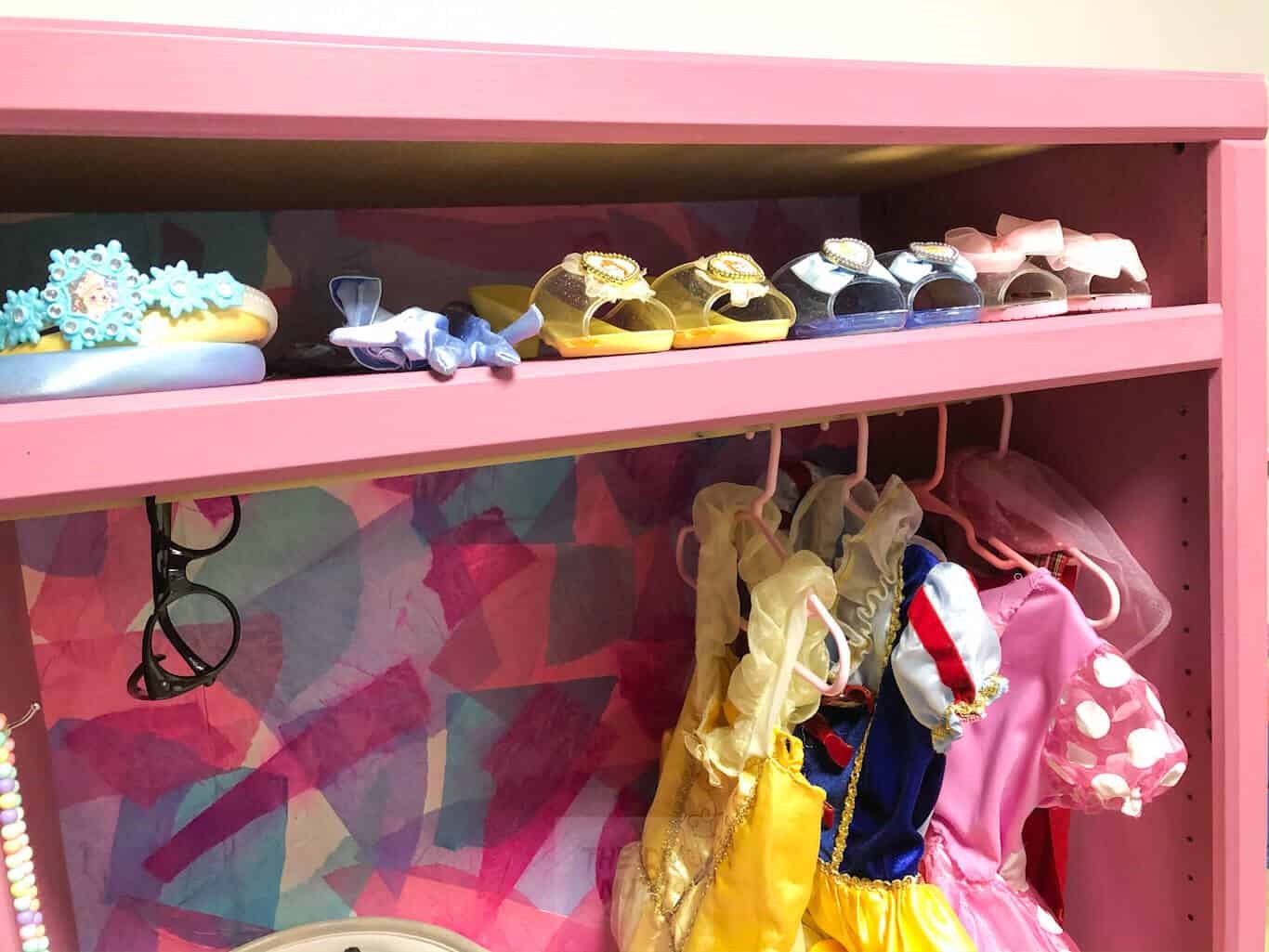
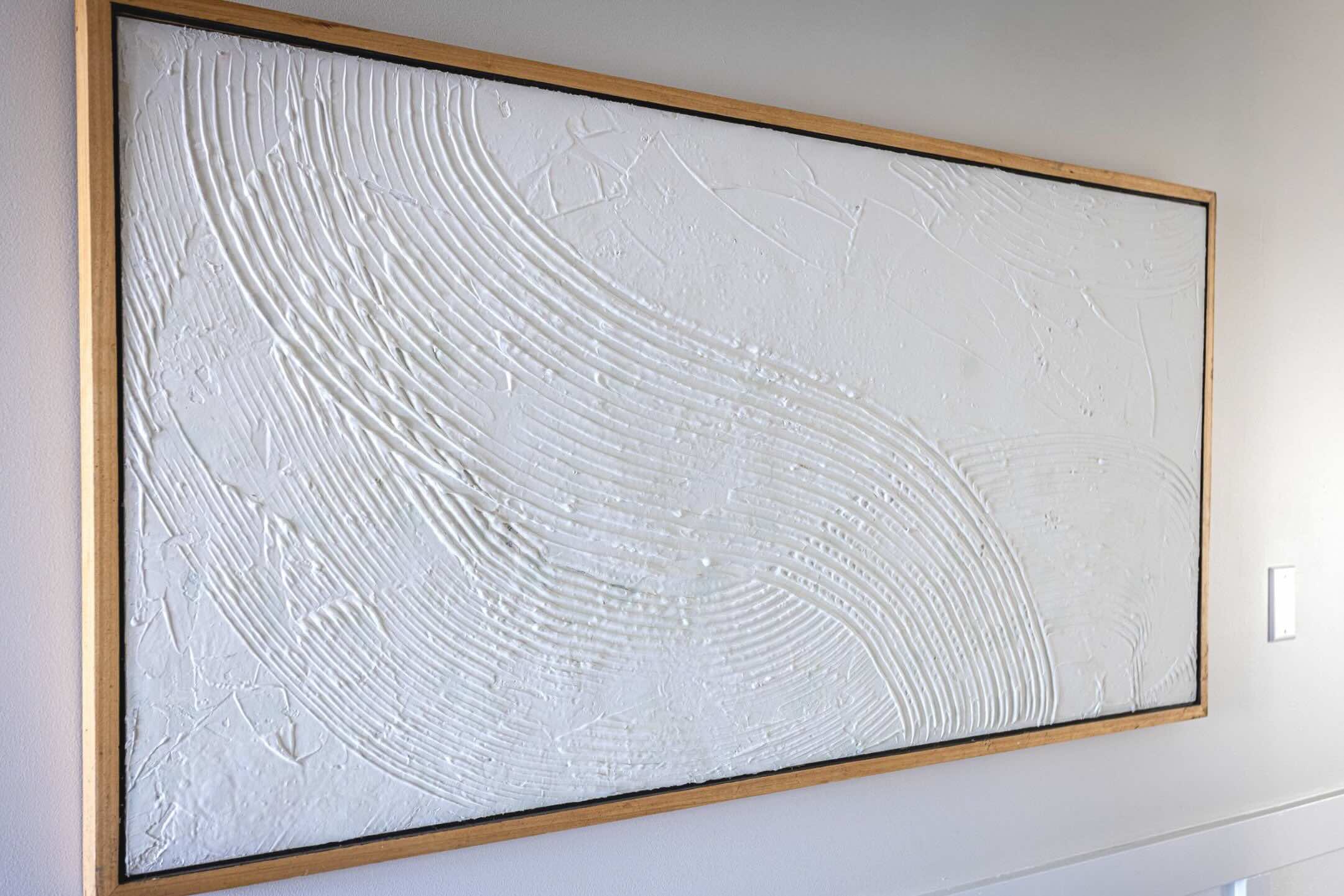
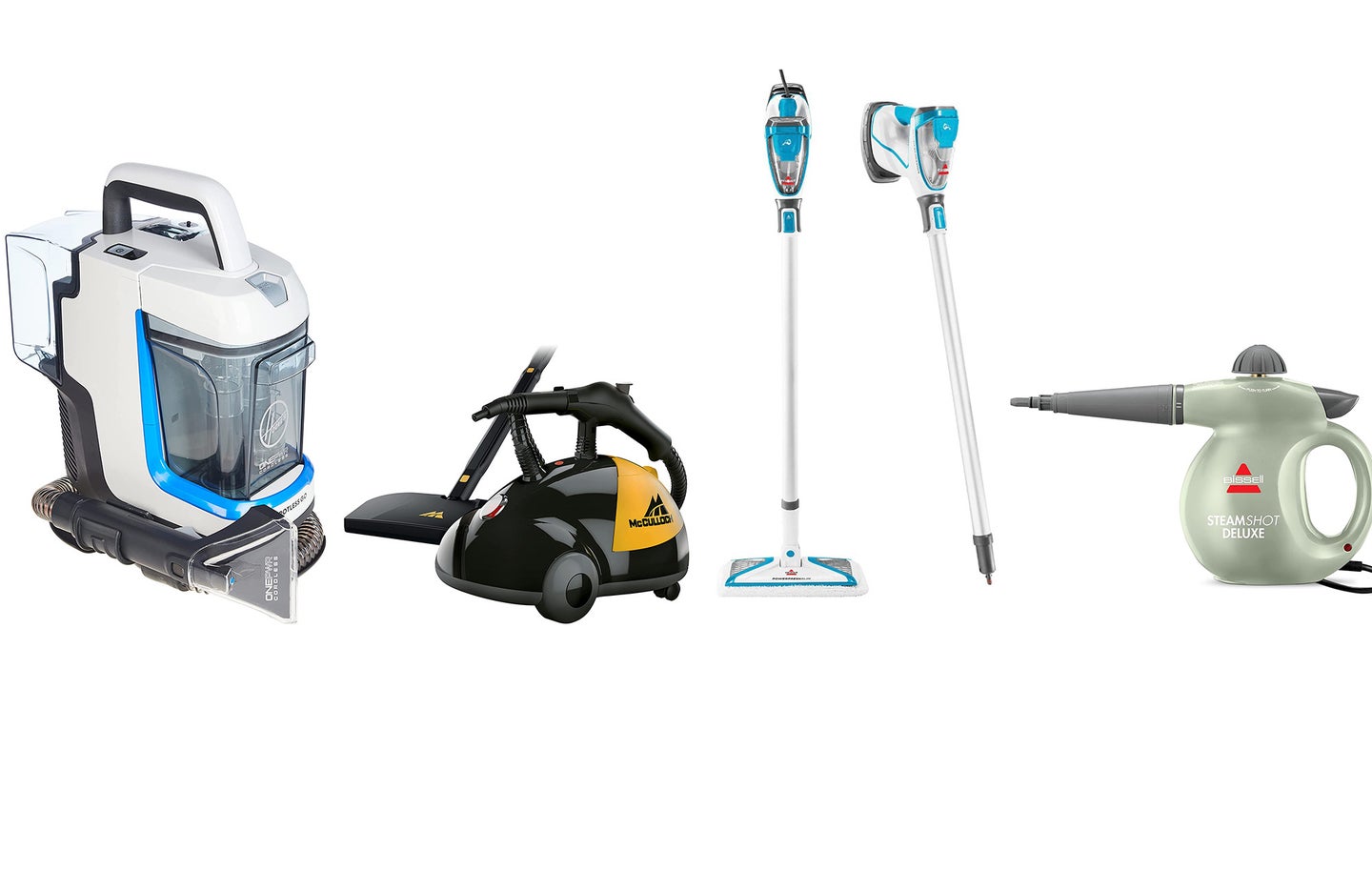
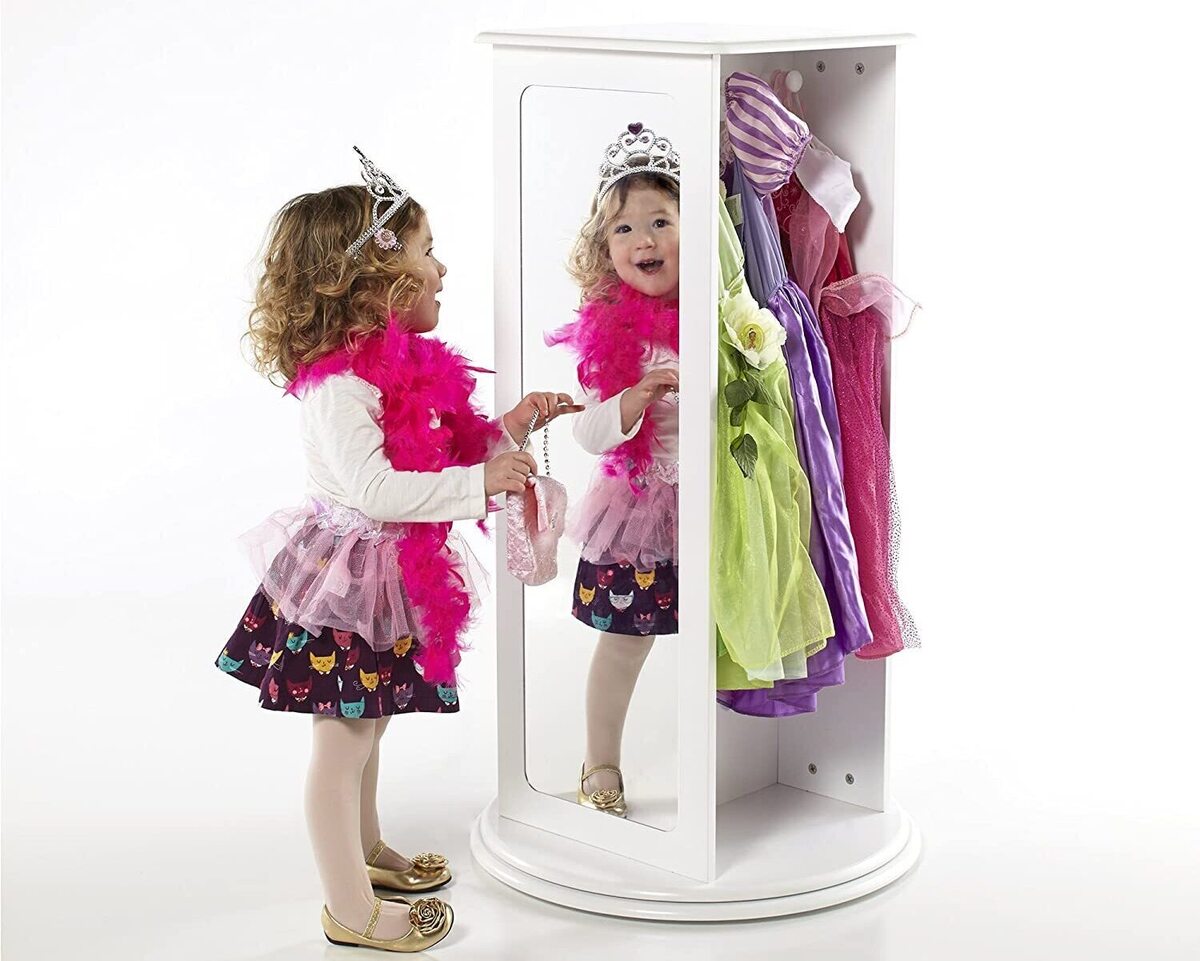
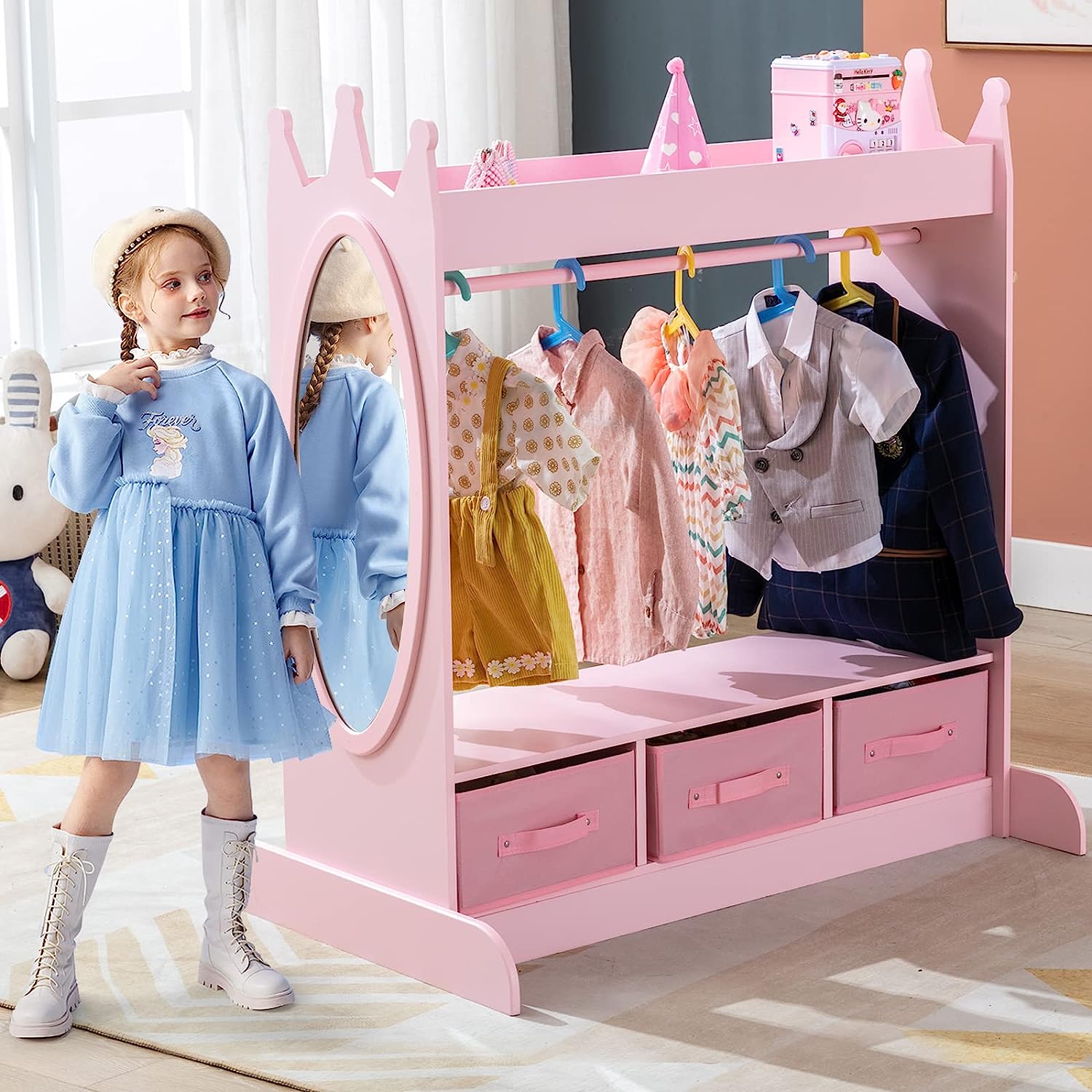
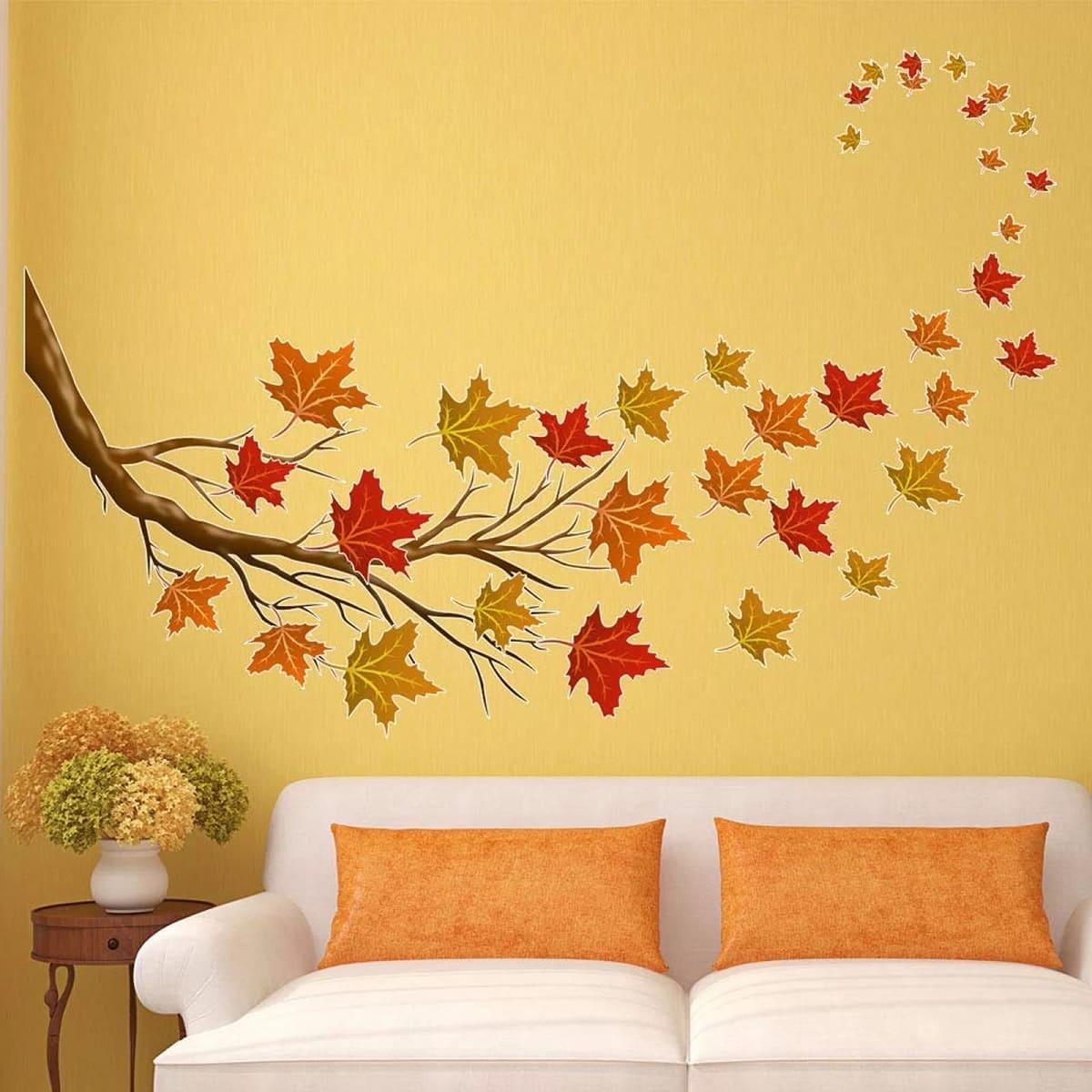
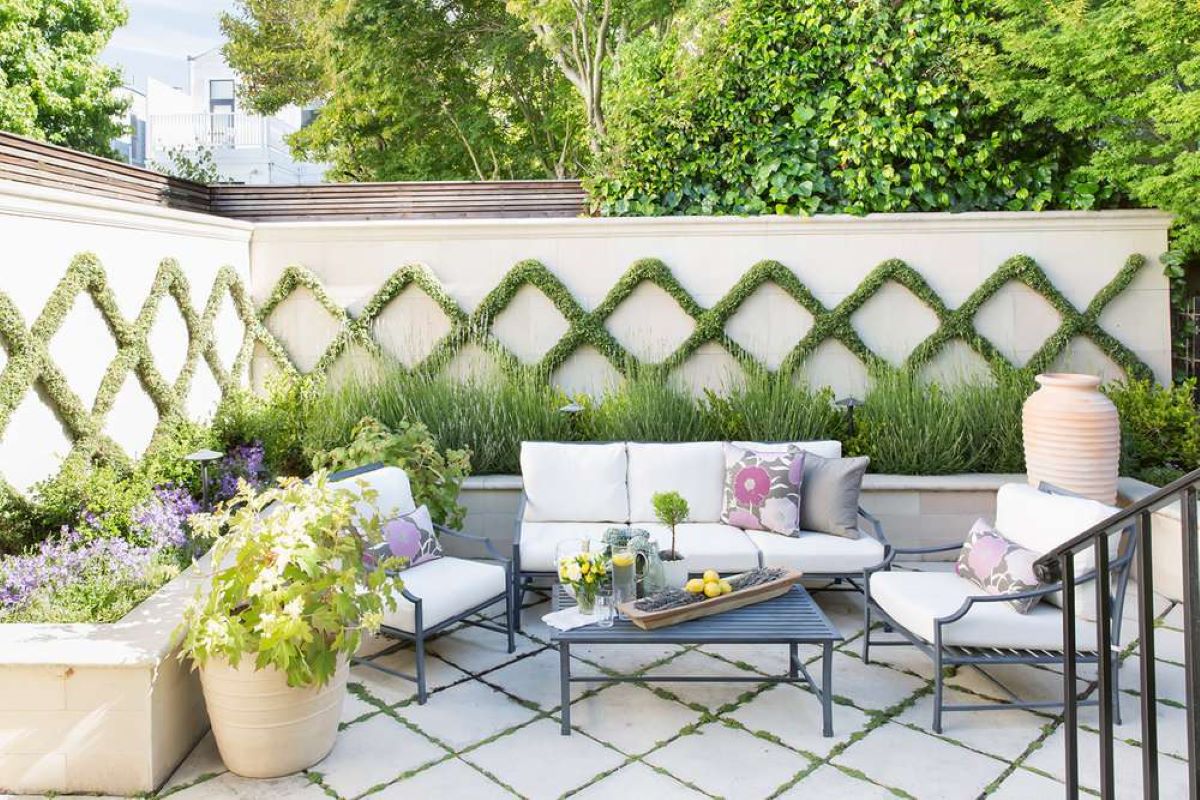
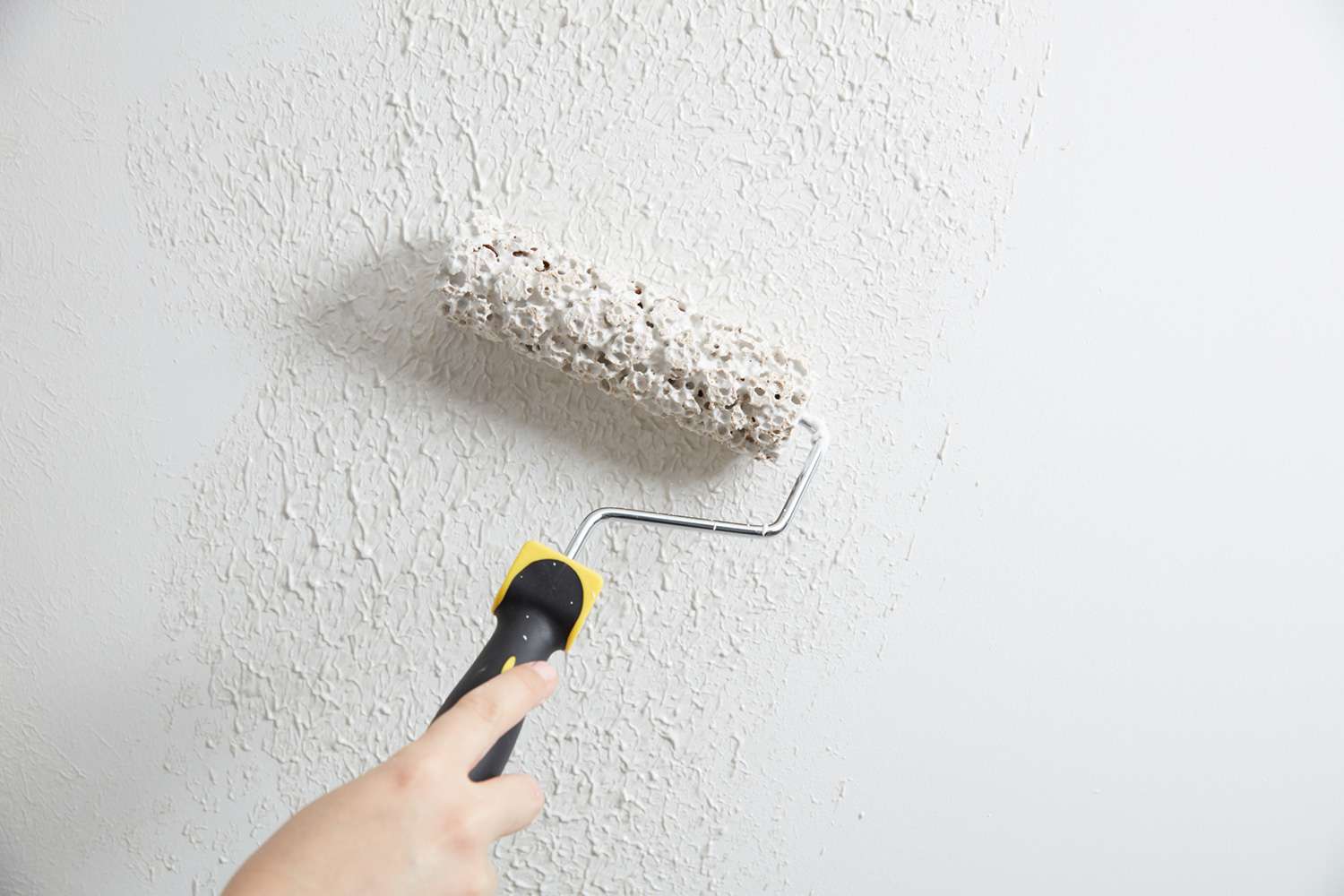
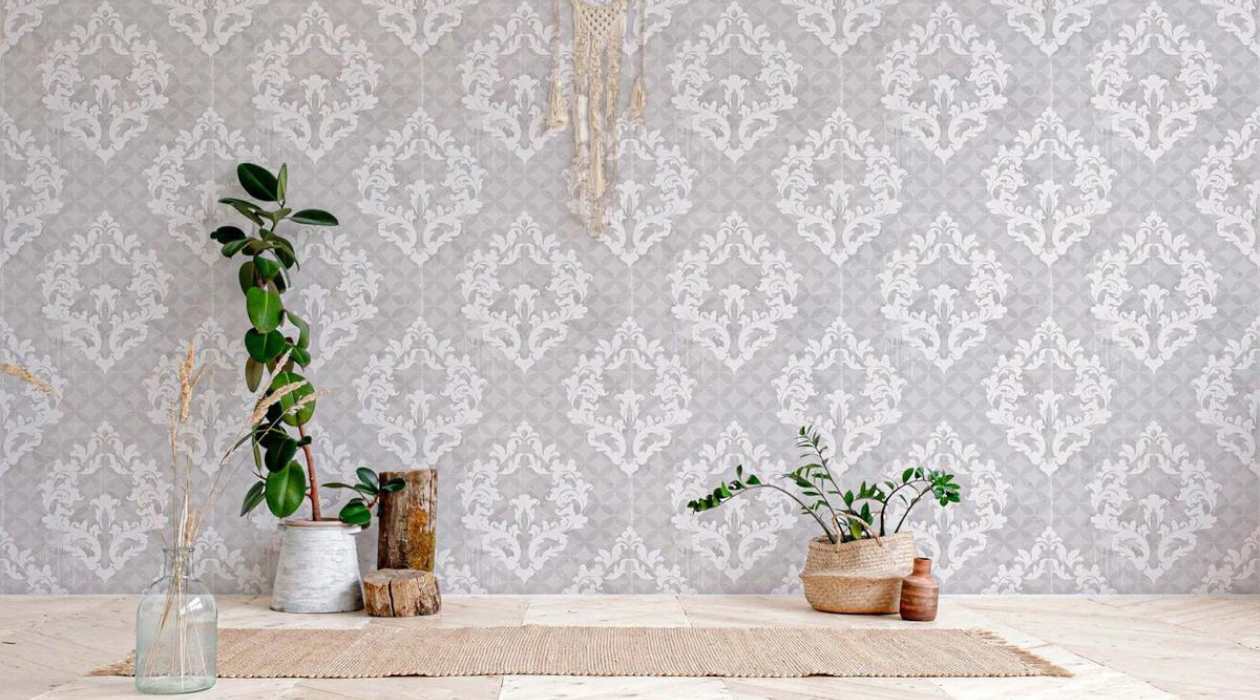
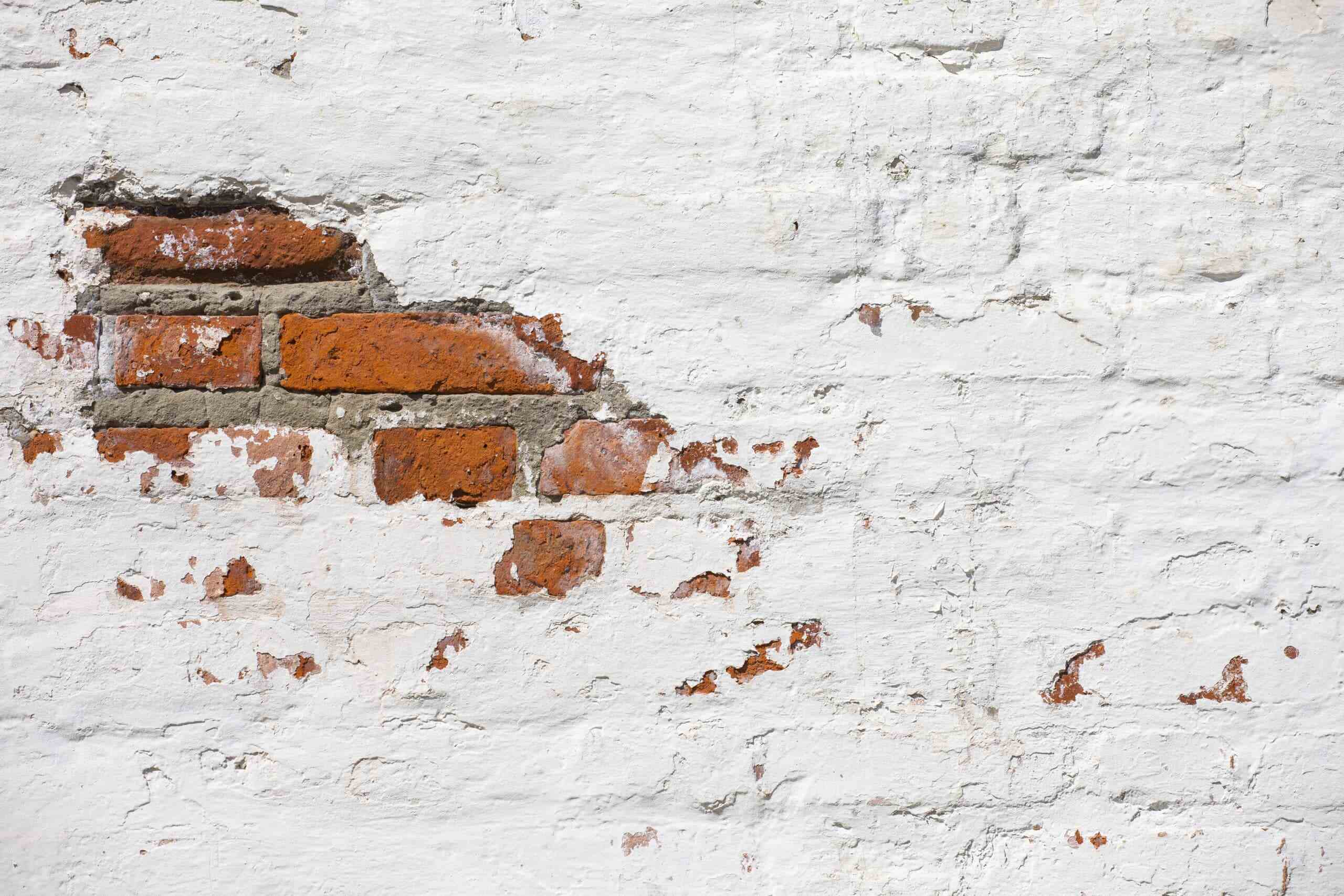
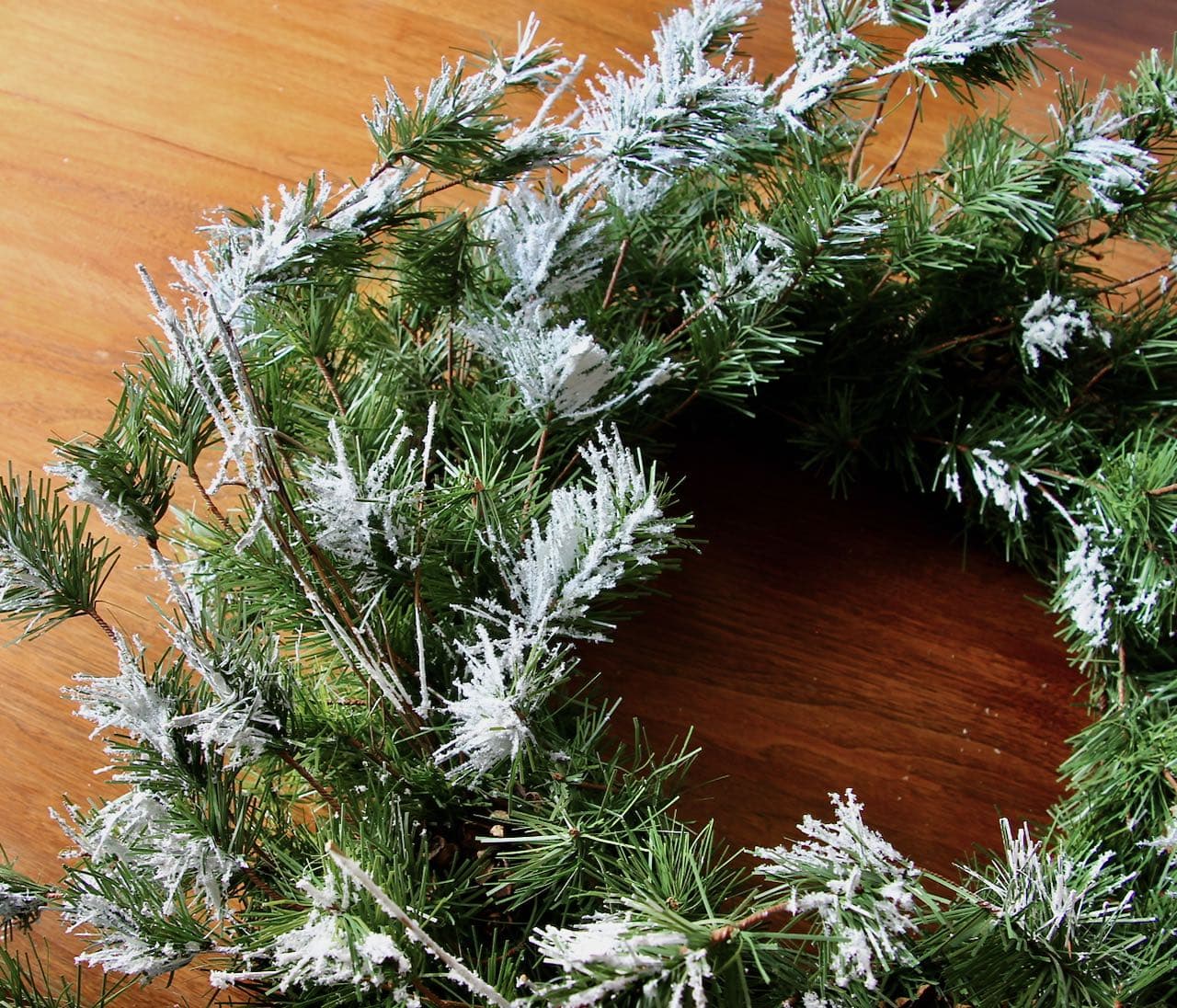
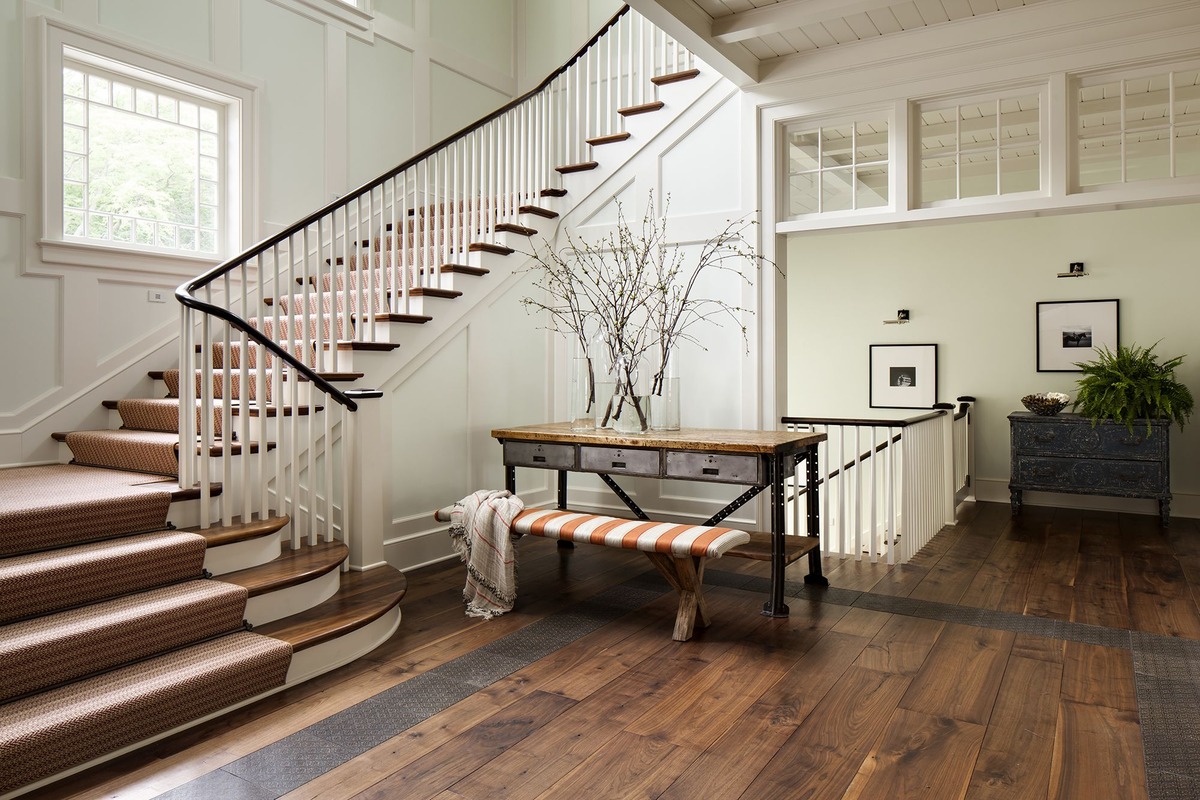
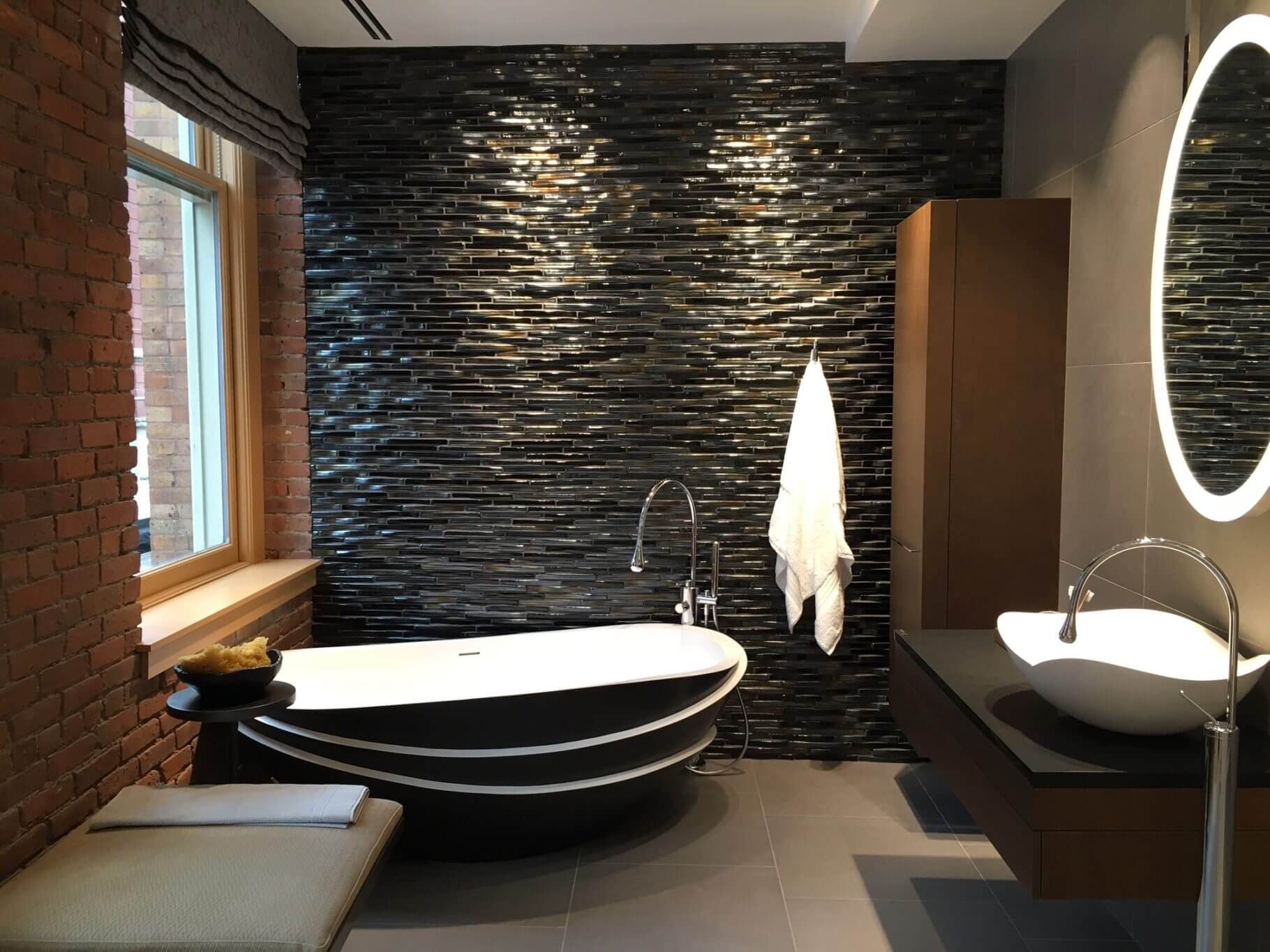

0 thoughts on “7 Types Of Wall Texture That Can Dress Up Any Wall”